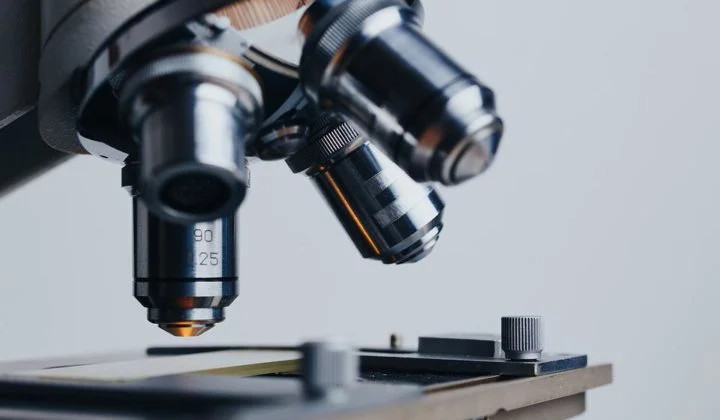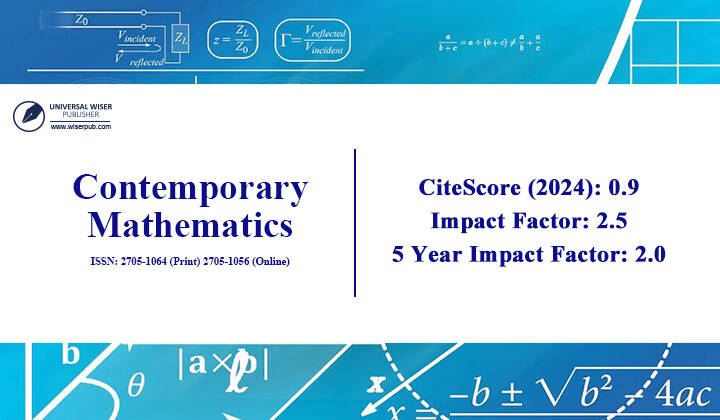


Researchers at Linköping University, among other places, have created a new material that ought to be impossible. Its synthesis is, however, possible thanks to a new method that creates pressure approximately three times higher than in the Earth’s core. The results have been published in Nature.
Chemical compounds and other materials change properties when they are exposed to high pressure and temperature. Diamond is one such example. It starts out as organic carbon that over a long period of time is compressed by the pressure down inside the Earth. In a similar way, researchers wish to create new materials in the laboratory under even higher pressures to see what happens.
“According to our theoretical modelling it should be possible to discover completely new materials under pressure as high as one terapascal – that’s three times the pressure in the centre of the Earth. But until now, technology has limited the options,” says Igor Abrikosov, a professor at Linköping University and one of the principal authors behind a new study published in the scientific journal Nature.
New materials
The previous maximum limit for material synthesis using, so-called high-pressure crystallography, was around 200 gigapascals. But thanks to rapid technical advances, researchers Bayreuth University, in collaboration with Linköping University, among other places, have now developed a method by which it is possible to create new materials at 900 gigapascals.
“It’s the first time a material has been created at such high pressure in a laboratory. It opens the door to synthesising more new materials that previously were thought could only be created in theory,” says Abrikosov.
Using laser and what is known as a double-stage diamond anvil cell, the researchers have succeeded both in creating an alloy with rhenium and nitrogen and in synthesising rhenium nitride, Re7N3. This is the first time any of the materials have existed in reality, outside theoretical models. Natalia Durovinskaia is a professor at Bayreuth University and guest professor within the Strategic Research Area in Materials Science on Advanced Functional Materials at Linköping University, and she sees great potential:
“If we apply high-pressure crystallography in the terapascal range in the future, we may make further surprising discoveries. The doors are now wide open for creative materials research that generates and visualizes unexpected structures under extreme,” says Natalia Durovinskaia.
Quenching
The next step in the research is to gain control of the products of synthesis at such high pressure. Many materials would fall apart when pressure is realised. But theory can identify those that can be quenched to ambient conditions. This would path the way to using them in numerous applications. In the same way as a diamond is created under high pressure in the Earth’s interior and becomes permanent, it should be possible for the impossible materials to be created in the lab and then quenched to become permanent.
The research was funded by, among others, the Knut and Alice Wallenberg Foundation, the Swedish Government Strategic Research Area in Materials Science on Advanced Functional Materials at Linköping University, the Swedish Government Strategic Research Area Swedish e-Science Centre SeRC, the Swedish Research Council, Vinnova (the Swedish Agency for Innovation Systems) and the Swedish Foundation for Strategic Research.
The article: Materials synthesis at terapascal static pressures Leonid Dubrovinsky, Saiana Khandarkhaeva, Timofey Fedotenko, Dominique Laniel, Maxim Bykov, Carlotta Giacobbe, Eleanor Lawrence Bright, Pavel Sedmak, Stella Chariton, Vitali Prakapenka, Alena V. Ponomareva, Ekaterina A. Smirnova, Maxim P. Belov, Ferenc Tasnádi, Nina Shulumba, Florian Trybel, Igor A. Abrikosov, Natalia Dubrovinskaia Nature 2022 doi: 10.1038/s41586-022-04550-2
Footnote: Pressure is measured in the SI unit pascal. It often has a prefix, as one pascal is a small unit. One gigapascal is a billion pascals (109), and one terapascal is a thousand gigapascals (1012).
Source: https://www.technology.org/2022/07/05/impossible-materials-are-created-under-extreme-pressure/

Scheduled Server Maintenance and System Downtime Notice Dec 16, 2025

Celebrating CM Editorial Board Members Recognized in the Wor... Oct 10, 2025

Food Science and Engineering Now Indexed in CAS Database Aug 20, 2025

Contemporary Mathematics Achieves Significant Milestone in 2... Jun 19, 2025

Three Journals under Universal Wiser Publisher are Newly Ind... Apr 21, 2025